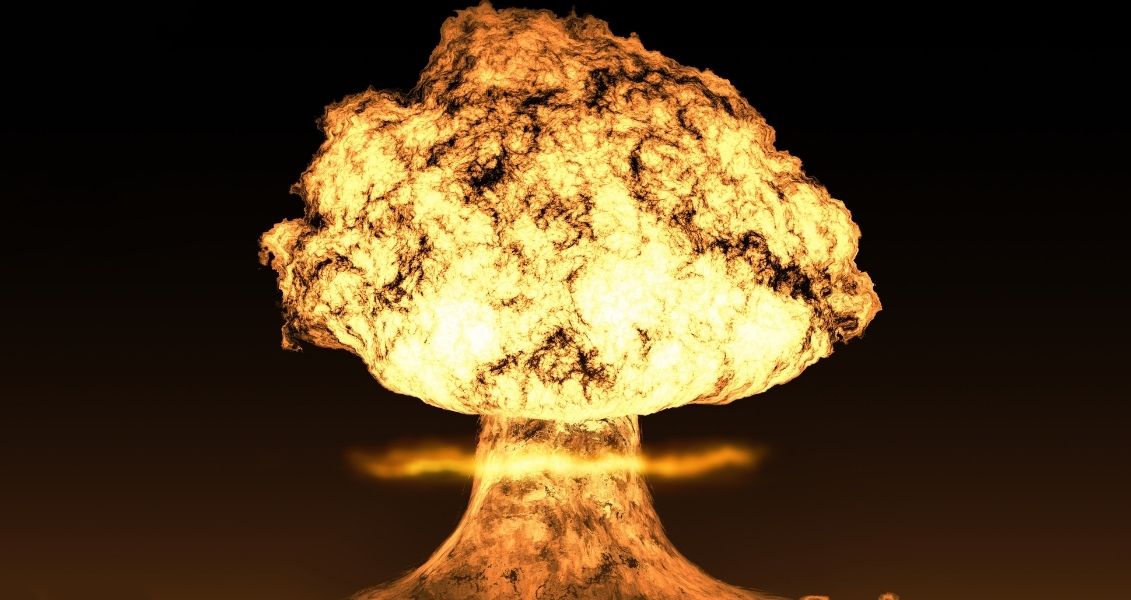International day of mobilization against the threat of nuclear war
What day is it?
International day of mobilization against the threat of nuclear war is celebrated every year on January 29. The main purpose of the event is to take precautionary measures aimed at preventing the threat of nuclear war. On this day, there are calls for the cessation of nuclear weapons. Calls are being made to the leaders of states that have nuclear weapons in their stockpiles for the need to eliminate them. This is the only way to avoid any threats related to the deployment of hostilities.
How did the idea of celebrating the International Day of Mobilization Against the Threat of Nuclear War come about?
The so-called Delhi Declaration became the prerequisite for the creation of this special day for all mankind. The date of the celebration was chosen in honor of the day of signing of this document, which took place on January 29, 1985 in the capital of India – New Delhi. India, Sweden, Argentina, Mexico, Tanzania and Greece were among the first states to sign this declaration.
However, the first document that was supposed to contain the danger of a nuclear war was the Treaty of 1963, which prohibited the testing of nuclear weapons not only in the atmosphere of our planet, but also under water and in space. The countries that signed this treaty undertook to prohibit and prevent the creation of any explosions that lead to radioactive fallout outside the borders of the state conducting the tests.
Apart from International Day of Mobilization Against the Threat of Nuclear War there are additional notable dates aimed at combating nuclear testing and weapons. They are celebrated from August 29 to September 26.
Hiroshima and Nagasaki
Today, many states are armed with many weapons, including nuclear weapons. The first sad case of the use of nuclear weapons was the events that took place in 1945, when American troops attacked two cities in Japan – Hiroshima and Nagasaki with nuclear bombs.
The use of nuclear weapons led to huge casualties and terrible consequences. In the following years, politicians and military strategists of the leading countries constantly threatened their opponents with the use of nuclear weapons. In turn, diplomatic missions, which in recent decades have made a lot of efforts to restrain the use of destructive weapons, have not been sleeping.
Moratorium of 1953
After the Second World War, the world’s most powerful states – the USA and the USSR – started a competition to develop nuclear weapons. At the same time, in 1953, an agreement was drawn up on the so-called moratorium, which prohibited the testing of these weapons in the atmosphere.
However, later this treaty was violated, and tests from both the Soviet Union and the United States of America resumed. Therefore, in 1963, the UN commission created a new agreement on the prohibition of nuclear tests, which was signed by representatives of more than 100 countries. The list of countries that signed the agreement included the USA and the USSR.
Agreement of 1968
5 years after the signing of the treaty in 1963, another agreement was prepared, which ensured the non-proliferation of nuclear weapons and opened a new course for disarmament drawn up by the United Nations. According to the text of the treaty, the possession and testing of nuclear weapons was prohibited to any country except the 5 world powers – the USA, USSR, Great Britain, the People’s Republic of China and France.
In the 1990s, the treaty was extended by five states that have the right to possess nuclear weapons and 180 states that accept this state of affairs. But a number of countries refuse to sign this document. Among them are Israel, Pakistan, India and Brazil, North Korea. Interest in the nuclear weapons of the “Third World” states is cause for concern, considering that the possibility of purchasing these weapons is not completely excluded.
How to celebrate the International Day of Mobilization Against the Threat of Nuclear War?
Usually, numerous charity events and various events take place on this day.
- Representatives of charitable foundations collect donations for people affected by nuclear disasters.
- Educational work is being conducted, during which the population is informed of the dangers of using nuclear weapons.
- Conferences are held in the institutes, at which reports are heard about the most important problems of the industry and ways to solve them.
- The issue is being discussed at the official level, leaders and representatives of states are meeting to consider various options for avoiding the use of weapons.
- On this day, people who have made a certain contribution to solving this problem receive appropriate awards.
Why is this event important?
The explosion of a nuclear bomb is a terrible disaster that has irreversible consequences both for the country in which this explosion took place and for other countries of the world.
It is almost impossible to protect the planet from these consequences, radiation has a harmful effect on the natural world, and also has a negative impact on human health. The consequences of such disasters are epidemics, famine and looting. People exposed to radiation suffer from cancer, genetic disorders, etc.
Nuclear war can also lead to severe climate shifts and a huge negative impact on all humanity on Earth. The International Day of Mobilization Against the Threat of Nuclear War allows us to constantly remember this problem and find effective ways to solve it.
When will we celebrate International day of mobilization against the threat of nuclear war?
| Year | Date | Weekday |
|---|---|---|
| 2021 | January 29 | Friday |
| 2022 | January 29 | Saturday |
| 2023 | January 29 | Sunday |
| 2024 | January 29 | Monday |
| 2025 | January 29 | Wednesday |


































